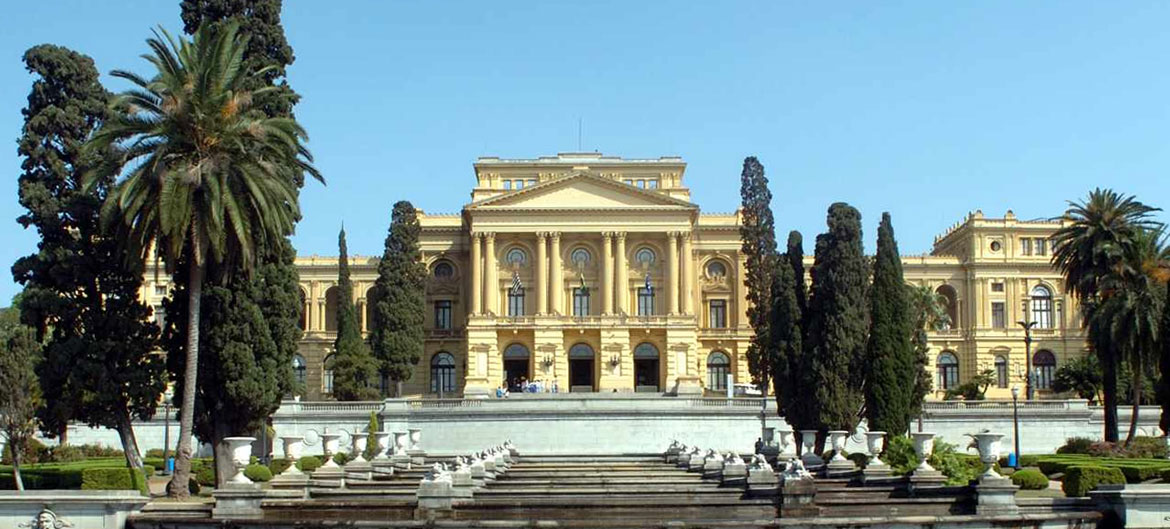University of São Paulo: Mario Ficarelli’s method shows that “music is life”
“This work is dedicated to all children and young people in my country, who have music as the most attractive, intuitive and warm means of communication.” With this message, composer Mario Ficarelli (1935-2014), from the School of Communications and Arts (ECA) at USP, shares the legacy of a life dedicated to music. Through the Musissimphos method , which has just been launched by Mister Edições, the teacher continues with the challenge of encouraging musical training for the new generations.
“This is a work designed for music teaching in beginner orchestras”, says composer and pianist Silvia de Lucca, Ficarelli’s widow, responsible for the curatorship and general organization of the project. “The last four years of her life were dedicated to organizing this method,” she says. It was the dream that the master was taking from the horizon. “He fulfilled the challenge of showing that music is life. Even in the hospital, until his last moments he worked on this method to encourage music education.”
Silvia de Lucca, who was also a student of Ficarelli’s, wanted to disseminate what she learned and lived. She continued organizing the project after Mario Ficarelli’s death on May 2, 2014, highlighting the educator’s knowledge, the composer’s talent, the master’s humor and the strength of the human being. It was under the infinity of this light that Silvia, a graduate student at ECA and with specializations in Zurich and Geneva, Switzerland, organized Musissimphos in a bilingual edition.
The method is organized into three levels of difficulty: basic, intermediate and advanced. It totals 1,684 printed pages in ten volumes, accompanied by an audio CD and nine CD-ROMs with the instrumental parts. “It is divided between 81 Musical Studies and 60 Repertoire Songs , in didactic progression in terms of difficulty. The Studies are all authored by Mario Ficarelli and condense applied music theory. The songs are by various composers, from the Baroque to the contemporary repertoire. The first volume comprises a guide that explains the method and guides those who wish to form an orchestra from the beginning”, explains Silvia.
“Mario Ficarelli has in his catalog more than 220 works for different instrumental formations. He made a children’s opera and a Missa Solemnis for soloists and children’s choir, partially performed for Pope John Paul II at the Vatican in 1996.”
Seeing children and young people having the opportunity to learn music and participate in orchestras was an ideal for Ficarelli. The dream of a teenager from São Paulo who discovered classical music at the age of 16, listening to the only radio program in the city that played this genre. Mario Ficarelli was born on July 4, 1935, in Barra Funda. “He was the eldest son. His father was a wall painter who had studied at the Institute of Fine Arts and taught his son the rudiments of technical and free design. He had a simple childhood and youth, he was his father’s helper”, observes Silvia, reproducing what Ficarelli repeated with naturalness and pride. “He began to read and research about composers and began to study piano. His goal was to be a songwriter.”
Ficarelli was encouraged by a great master, Professor Olivier Toni, from the Department of Music at ECA, who soon noticed the student’s talent. He became an important Brazilian composer and teacher. “It has in its catalog more than 220 works for different instrumental formations. He made a children’s opera and a Missa Solemnis for soloists and children’s choir, partially presented for Pope John Paul II, at the Vatican, in 1996. He has been a member of the Brazilian Academy of Music since 1994. He has won several prizes in composition competitions and has edited works in Brazil, Europe and the United States.”
Silvia and Ficarelli’s daily life was governed by music, as the composer remembers. “I was the first to hear his compositions, but when they were ready, he also heard mine. Sometimes he invited me to name his works and he accepted my suggestions. Bone Storm and Parasymphony are some of them.” Ficarelli dedicated one of her compositions to the two, Epigraphe and Ensaio 90 .

